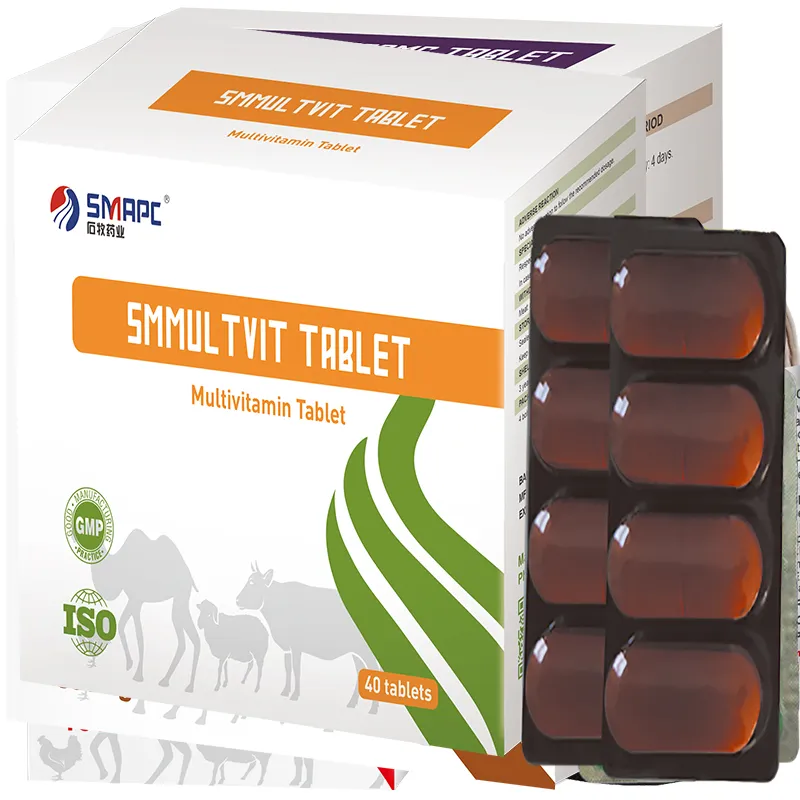In conclusion, horse veterinary medicine is an indispensable part of equine care, encompassing a wide range of services aimed at maintaining health and performance. With a focus on preventive care, advanced treatment practices, and the use of technology, equine veterinarians are dedicated to ensuring the well-being of these majestic animals. As knowledge and techniques continue to advance, the field of horse veterinary medicine will continue to play a crucial role in equine health, enhancing the lives of horses and the people who care for them.




